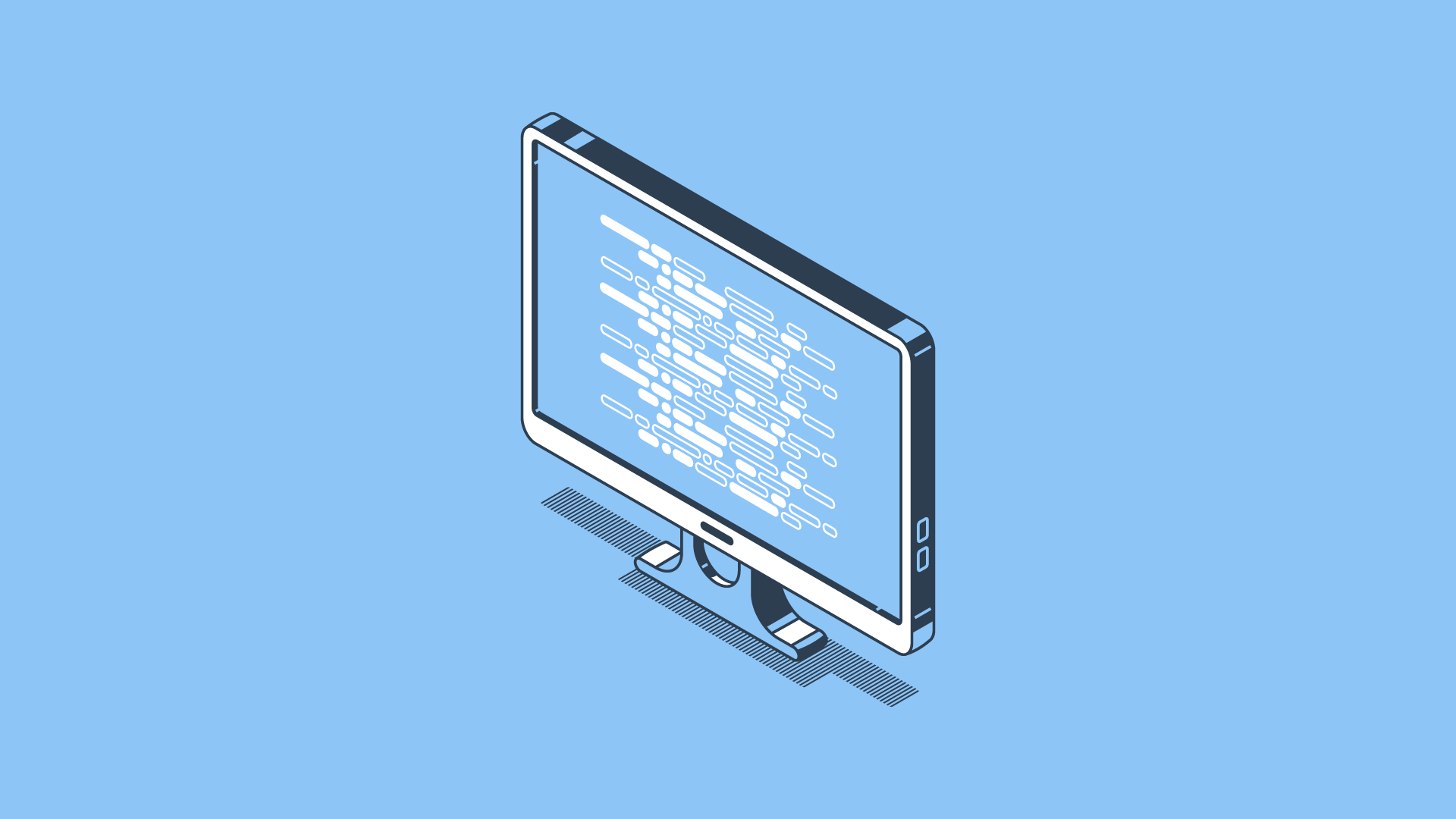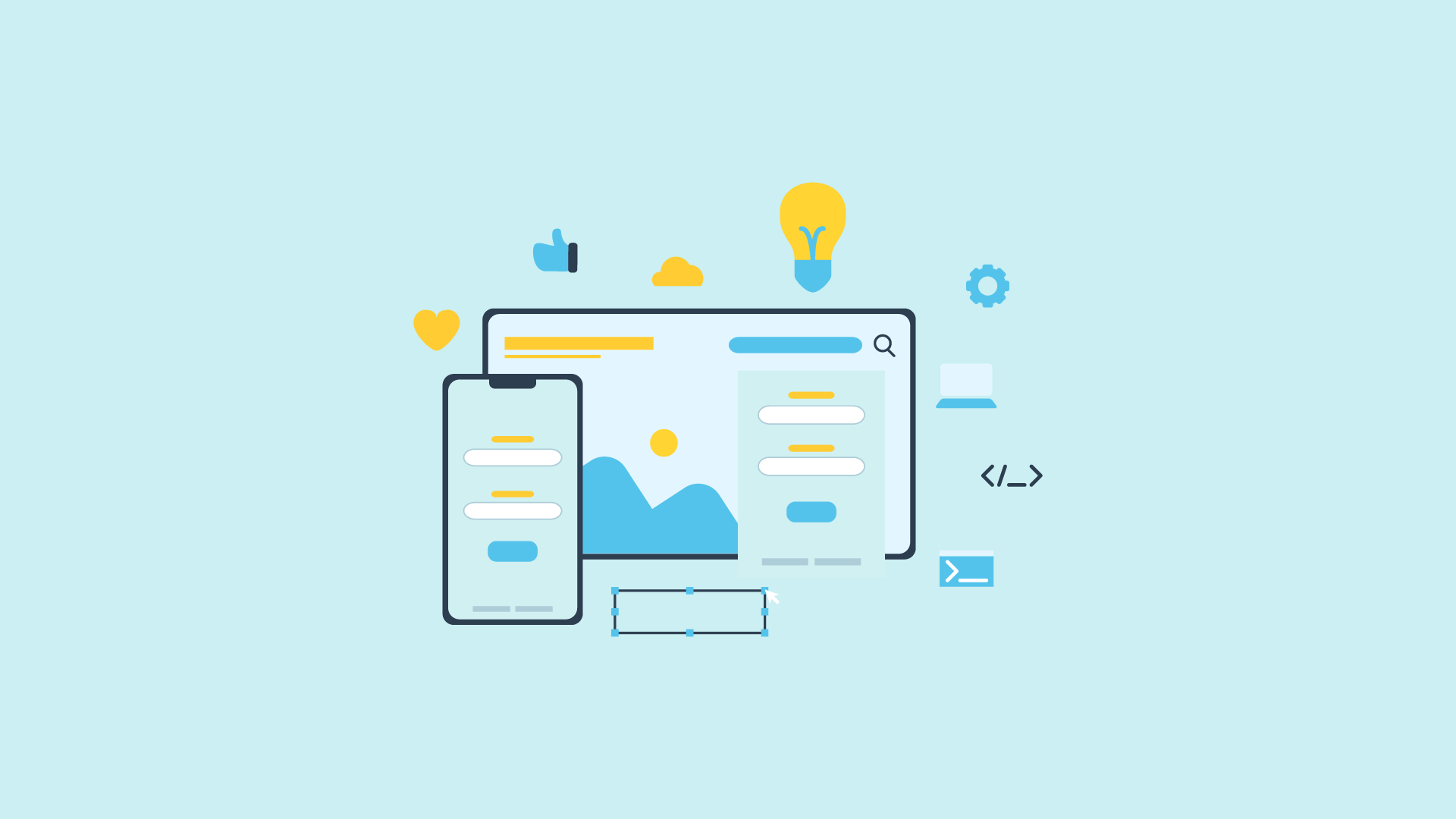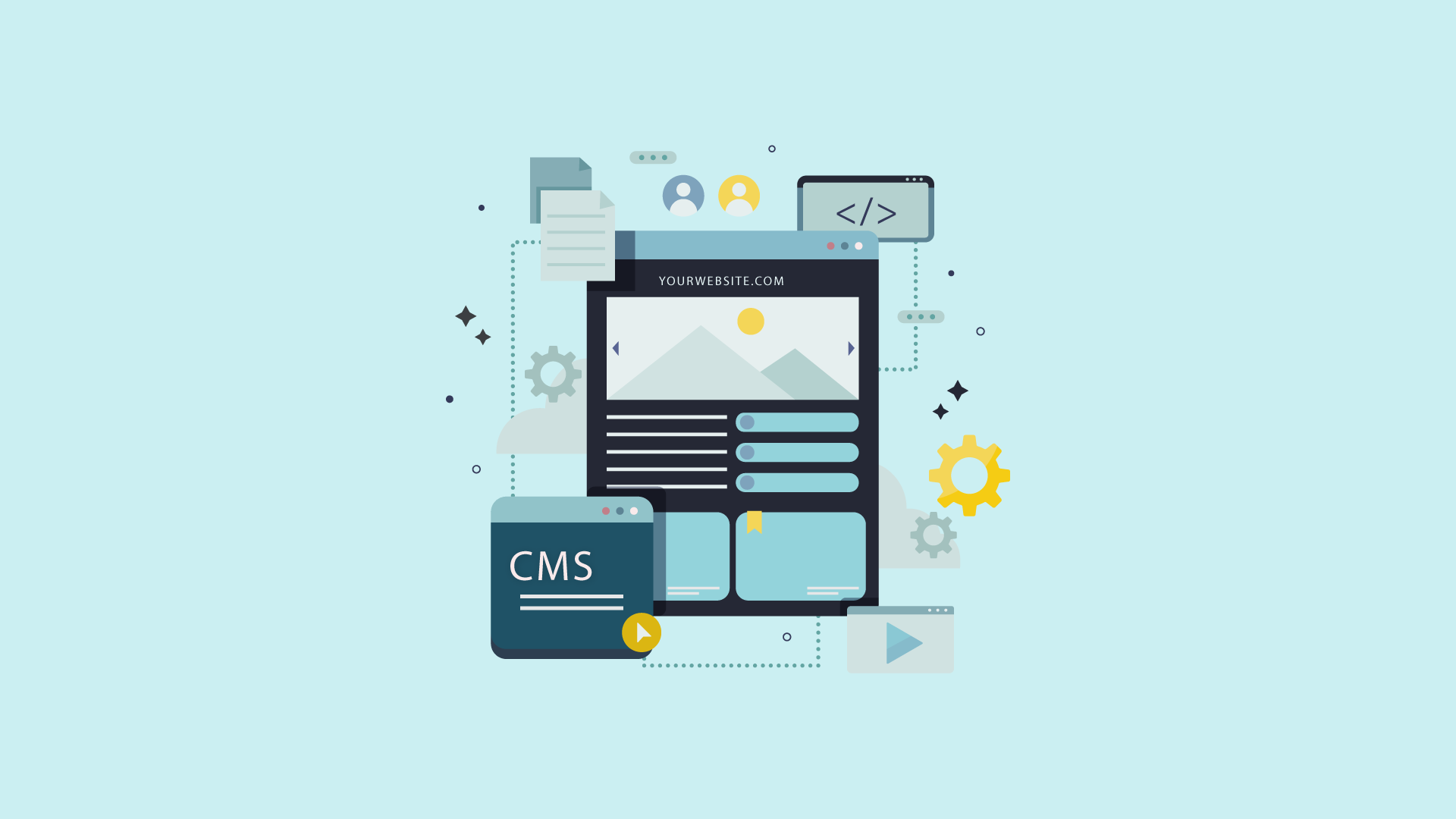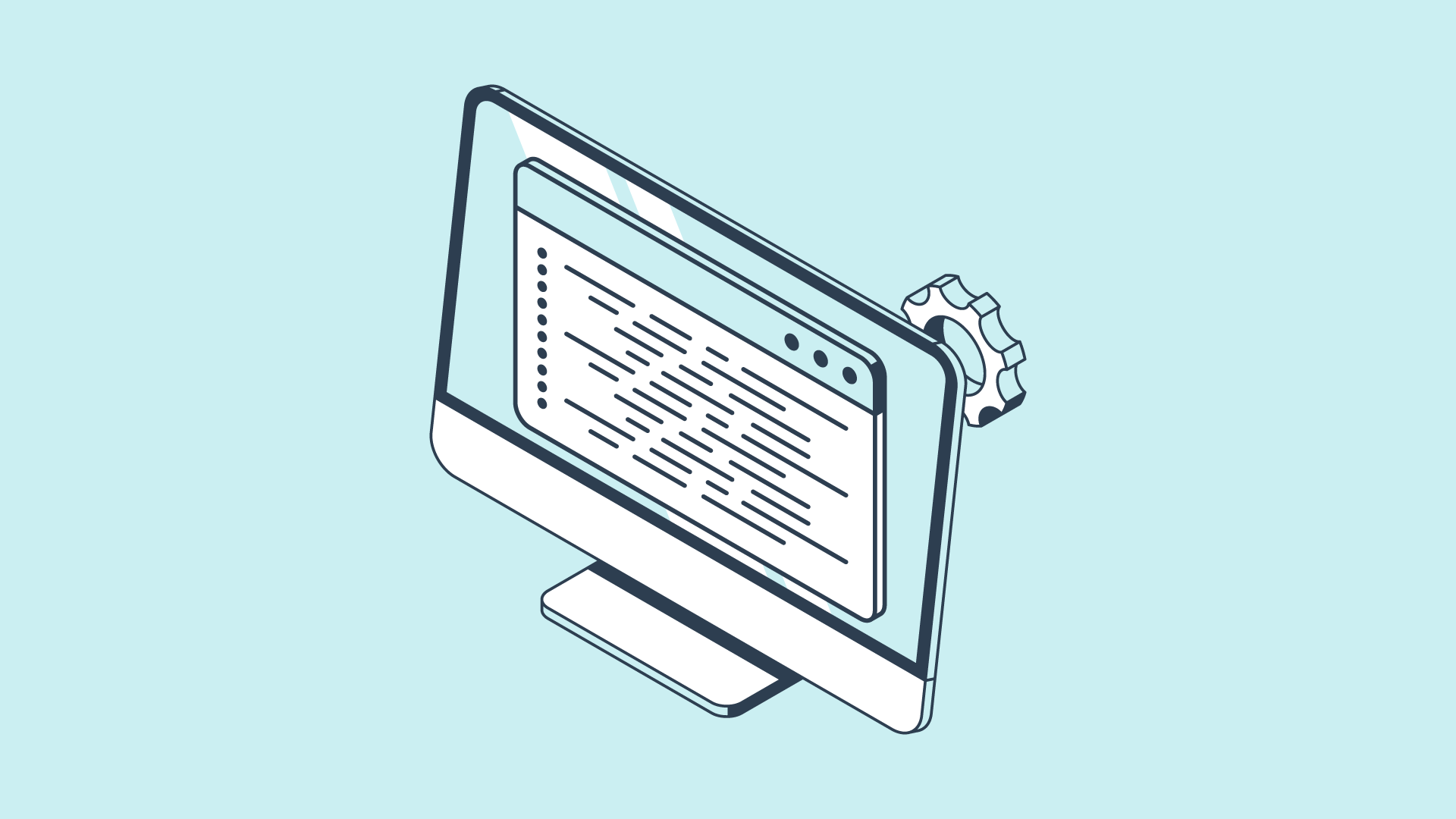Launching a new website can seem daunting at times. There are so many things to consider before launching a site. What should I include? How long should my launch take? Should I hire someone else to build it for me?
You may not know where to start, how to do things, or what tools to use. To avoid these pitfalls, you should use the Growth-Driven Design (GDD) process.
GDD is an iterative design and development methodology that helps companies grow by focusing on user needs and business goals first. It’s based on the idea that if you have a clear understanding of your users’ problems and pain points, then you will be able to create solutions that solve those problems and help them achieve their goals.
Therefore, by providing a great user experience, you will attract more customers and increase revenue.
In this article, we will look at what a launchpad is within the GDD framework, how it works in practice, why it’s important, and how you can apply it to your own projects.
|
Launchpad |
What is a Launchpad Website?
A Launchpad is a website that has been designed with growth in mind. It includes all the features that you need to get started quickly and easily.
The goal is to make sure that you don’t waste time building something that doesn’t work well. You want to focus on creating a product that solves real problems and provides value to your audience.
Before your launchpad is built your website needs a data-driven website strategy. This will help you determine what information and content you need on your website. During that phase, you will define your goals, and develop your target audience and what they want from your website.
Once you have determined this, you can move on to building your launchpad website.
During the "launching" stage, it's about rapidly creating a site that looks and functions better than the one you currently have.
It's not the final version by any means. You're launching the new site by a certain date. After that, you use that launchpad site to gather real user feedback for changes to be made during the continuous improvement stage.
Instead, the launchpad website is considered the foundation that's used for building and optimizing.
Why is a Launchpad Website Important?
That's probably the first question many businesses are going to ask, especially those that are comfortable with the headaches that traditional website builds bring and are happy to launch a full website right off the bat - even if it takes longer than expected.
- A LaunchPad website helps to gather real user data. This allows for better decision-making during the GDD process, which means you can get more out of your website than just collecting visitor statistics. This means that you could have visitors interact with the site so behavioural and usability testing can take place.
- The purpose of this process is not to get caught up in analyzing, writing, or any other feature of the launchpad before launching the actual product. Rather, the focus is on making continual improvements to the launchpad so that it becomes better over time, rather than just launching the final version and then abandoning it.
- User data is used to help decide whether to keep making improvements to the site. Traditional methods don't use any data and wouldn't change anything except for the normal traffic to the website.
- The launchpad website features what you would like to see on your site. These include things like design elements, effective web pages, user experience improvements, and more.
- Less risky than traditional due to the lower up-front expense and time commitment.
- Quicker time to value and return on investment.
- More pleasant than the traditional website design process to go through.
It's important to perform an 80/20 test on your wish list to determine which products are the highest priorities and which are not. These are the elements that are featured on the launchpad first and the others are added later.
The must-haves need to get onto the launch pad before the deadline. The nice-to-haves can be added at a later time and are placed on a GDD dashboard wishlist.
A GDD LaunchPad Website Wishlist
As a result, this improves the launch pad website even further. It doesn't stop improving.
The 3 Different Launch Pad Methods
Every launch pad website begins with a wish list, but not every site uses a one-size-fits-all strategy. Different approaches can be taken when creating a launchpad site.
Refresh
If you have a site that has been performing well, or if your site just needs a few minor updates then the Refresh approach might be the best way to go. You don't need to undertake a major overhaul, because all that's required is implementing some of the key features that would align your site with your new strategy.
Kickstart
Kickstart launches allow businesses to quickly create brand-new sites from scratch. They use pre-built websites and pre-made web pages to help them get up and running fast.
One downside to this launchpad approach is that sometimes certain features may have to be sacrificed if a pre-built template has them already built into its design. However, you still know what your site will ultimately end up looking like.
Launch and Expand
If a business is undertaking a major redesign and needs a bigger website, then the launch-and-expand method is suitable for breaking down the launch phase into different stages.
Instead of launching an entire website at once, the project may be broken down into several phases to allow for focused development. This allows teams to concentrate on one aspect of the site at a given point in the timeline.
Traditional Web Design vs. Growth-Driven Design
A site built using the traditional method is usually launched between three to six months (on average) and is a riskier option when compared to GDD. All the money is spent upfront and it's often late or over-budged.
With this in mind, traditional websites are often built entirely upon assumption and are not optimized for the user experience. As a result, there's no real improvement in their performance over the long term until the site has been redesigned.
The main issue with that is traditional websites are usually built in a 6 months time frame by guessing - which is risky. This means they are outdated the moment they are launched.
On the other end of the spectrum, a launchpad site is considered less risky than a traditional website because, on average, it can take up to 90 days to create a site and get it live. So, there's a new design, links to check, ensuring you have the highest impact pages done, and more.
A launch pad site goes live on time and costs less than a full development project, so it saves money for the optimization phase.
A Launch Pad Website is useful because it allows you to test out various ideas quickly and easily without having to spend too much time doing so. It's easy to validate data-driven decisions.
Launch sites can be considered the better solution because they launch quickly and genuine improvement can be made over time based on user behaviour.
Characteristics of a LaunchPad Website?
A launch pad won't be perfect. Even though everyone wants that perfect website, it can't happen because a launch site is being built for a website to become better over the long term.
That's why a LaunchPad site shouldn't feature an endless number of wishlist items, however, there needs to be enough for lots of data to be generated.
Other things that must be taken into consideration when building a launchpad include:
- Running an 80/20 analysis on your wishlist.
- Create hypothesis statements for each wishlist item.
- Running sprint workshops.
- Effective content development.
- Investing in internal efficiencies.
Once everything is put together, the launchpad stage can end. The continuous improvement cycle can begin if you've done a good job building a solid foundation for your site. Only if you've done a good enough job at this point will the continuous improvement cycle be successful.
GDD Impact Time Chart
Learn Some Useful Tips About LaunchPad Websites and the Entire GDD Process
Launch Pads are just one part of the three phases of Growth-Driven Design; there's still more to be learned about the strategy, continuous improvement, and the launch pad phase. Each stage is essential in achieving optimal outcomes for a new website.
Read more about Growth-Driven Design.






